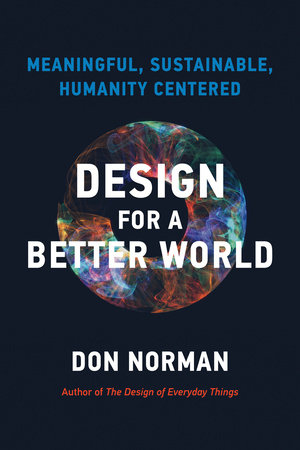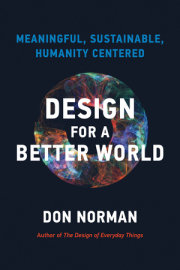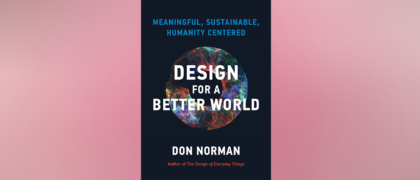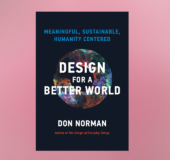TABLE OF CONTENTS...
1 Almost Everything Artificial Has Been Designed 3
2 Our Artificial Way of Life is Unsustainable 11
3 Why History Matters 15
4 Precise--but Artificial--Measurements 27
5 If Technology Got Us into Today's Situation,
Maybe Technology Can Can Get Us Out 39
6 This Book: Meaningful, Sustainable, and Humanity Centered 47
7 The Need for Meaning 57
8 Measurement in the Physical Sciences 63
9 Measuring What is Important to People 67
10 The Gross Domestic Product 79
11 What Measures Are Truly Important to People? 87
12 Human Behavior and Economics 103
13 We Live in the Age of Waste 115
14 How Did the World Get into Today's Quandary 119
15 Sustainability Has Multiple Components and Implications 125
16 Design, Products, Sustainability, and the Circular Economy 131
17 The Practical Difficulties of Implementing Circular Design 139
18 Sustainable, Robust, and Resilient Systems 147
19 People's Understanding of Systems 155
20 Working with Complex Sociotechnical Systems 167
21 It Is Not Too Late 177
22 Moving from Humans to Humanity 181
23 Democratizing Design and Development 187
24 People Designing for Themselves 195
25 DesignX: An Approach to Large, Complex Systems 203
26 Where Incrementalism (Muddling Through) Fails 209
27 Incremental Modular Design 213
28 When Large, Multidisciplinary Projects Are Necessary 217
29 Dealing with Scale 225
30 Design: Necessary but Not Sufficient 231
31 Why Change is Difficult 239
32 People Will Mobilize for a Common Goal 249
33 What Must Change? 251
34 The Dominance of Technology 265
35 The Future of Technology 275
36 What Can Be Done? 285
37 What Can We Do? 291
38 The Major Points of This Book 301
Acknowledgments 311
Notes 315
Bibliography 335
Index 351










